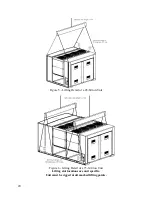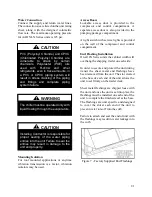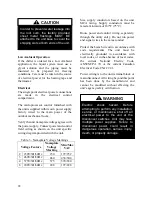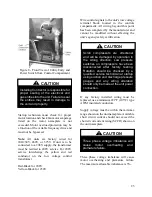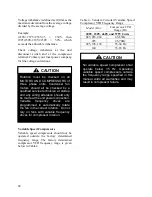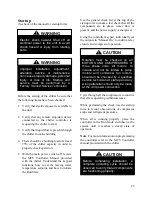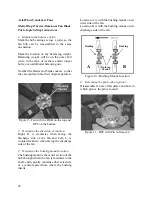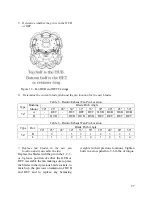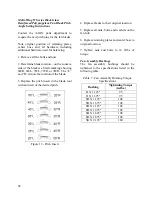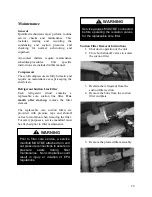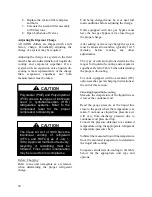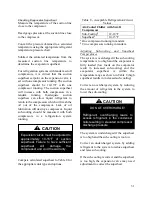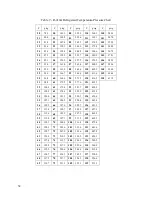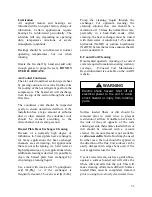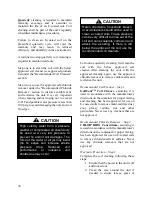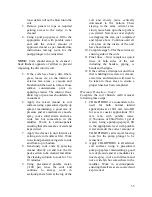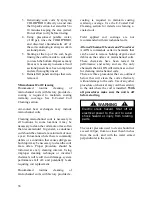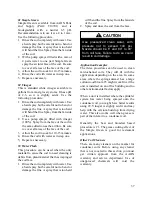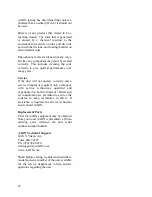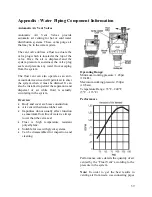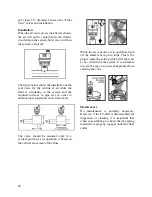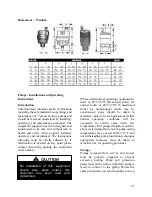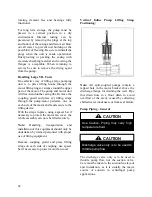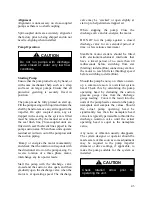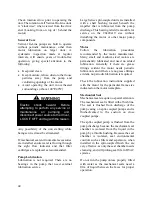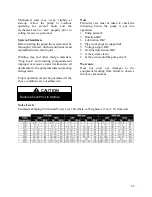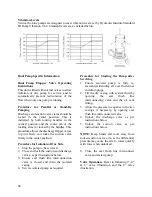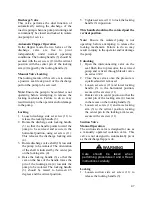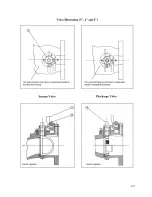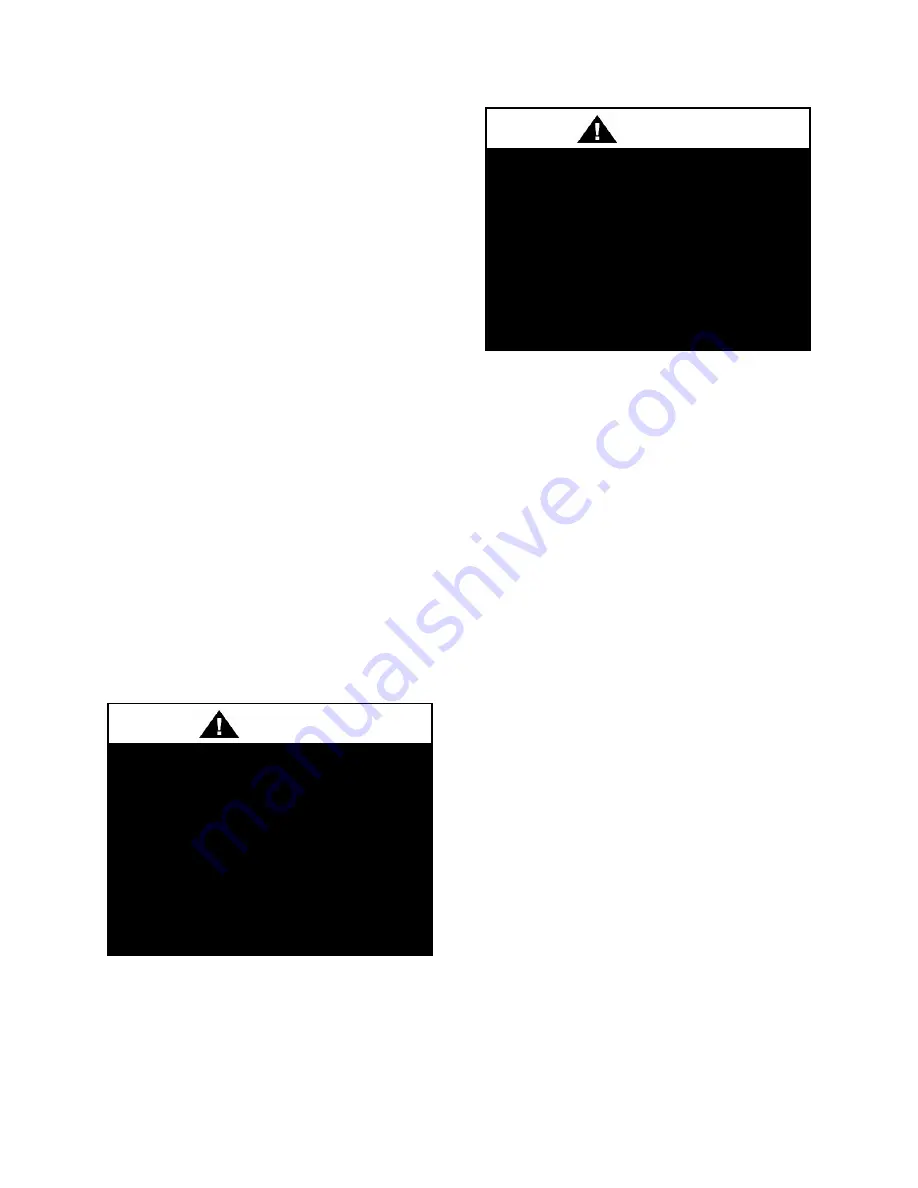
34
Quarterly
cleaning is required to maintain
warranty coverage and is essential to
maintain the life of an E-coated coil. Coil
cleaning shall be part of the unit's regularly
scheduled maintenance procedures.
Failure to clean an E-coated coil on the
prescribed quarterly cycle will void the
warranty and may result in reduced
efficiency and durability in the environment.
A routine two-step quarterly coil cleaning is
required to maintain warranty.
Step one is to clean the coil with the below
approved coil cleaner (see approved products
list under the "Recommended Coil Cleaners”
section.
Step two is to use the approved salt/chloride
remover under the "Recommended Chloride
Remover” section to dissolve soluble salts
and revitalize the unit. It is very important
when cleaning and/or rinsing not to exceed
130°F and potable water pressure is less than
100 psig to avoid damaging the unit and coil
fin edges.
For routine quarterly cleaning, first clean the
coil
with
the
below
approved
coil
cleaner. After cleaning the coils with the
approved cleaning agent, use the approved
chloride remover to remove soluble salts and
revitalize the unit.
Recommended Coil Cleaner – Step 1
GulfCoat
TM
Coil Cleaner
, assuming it is
used in accordance with the manufacturer's
directions on the container for proper mixing
and cleaning, has been approved for use on
E-coated coils to remove mold, mildew, dust,
soot, greasy residue, lint and other
particulate. Never use any cleaners that are
not approved.
Recommended Chloride Remover – Step 2
CHLOR*RID® Concentrate,
assuming it
is used in accordance with the manufacturer's
directions on the container for proper mixing,
has been approved for use on E-coated coils
to remove chlorides/salts & sulfates. Never
use any chloride removers that are not
approved.
Warranty Protection – Step 1
Complete the coil cleaning following these
steps:
1.
Ensure that the power to the unit is off
and locked out.
2.
Clean the area around the unit if
needed to ensure leaves, grass or
High velocity water from a pressure
washer or compressed air should only
be used at a very low pressure to
prevent fin and/or coil damages. The
force of the water or air jet may bend
the fin edges and increase airside
pressure
drop.
Reduced
unit
performance
or
nuisance
unit
shutdowns may occur.
Harsh chemicals, household bleach,
or acid cleaners should not be used to
clean e-coated coils. These cleaners
can be very difficult to rinse out of the
coil and can accelerate corrosion and
attack the e-coating. If there is dirt
below the surface of the coil, use the
recommended coil cleaners.
CAUTION
CAUTION
Summary of Contents for LN Series
Page 49: ...49 ...
Page 50: ...50 ...
Page 57: ...57 Pressure Temperature Limits Flo Trex Cross Section ...
Page 62: ......

